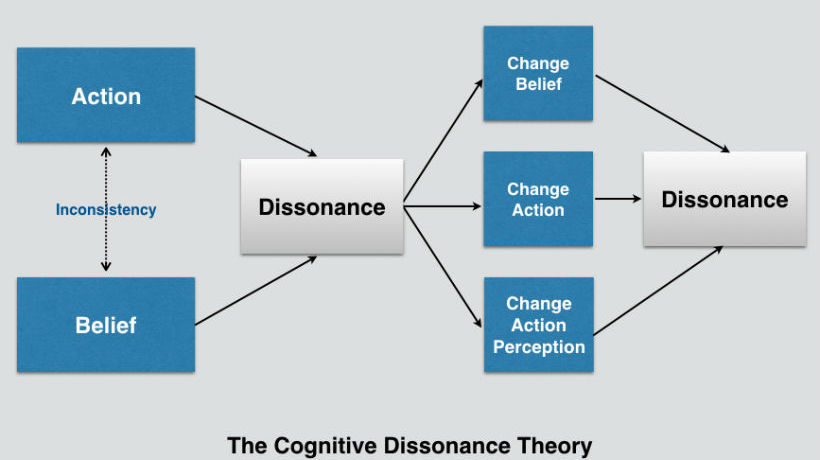Hello Claire,
Erika here, can you please post your definition directly onto this page – not as an attachment. Thank you. Once you have posted be sure to click on publish.
Hi team,
Please see my attached document to review my three definitions. I hope you have had a wonderful wednesday!
Introduction
Criteria
The outline of this assignment is to choose a fairly complex word and apply three types of definitions to it: a parenthetical definition, a sentence definition, and an expanded definition. Each definition will vary in the level of detail provided. For this assignment we are providing definitions to a ‘nontechnical’ audience.
Objective
In technical writing, adjusting the information we provide in a definition is based on who our intended audience is. It is important to appreciate the different degrees of knowledge people have about a term and recognize when we may need to explain a technical term at length.
Term
Cognitive Dissonance
Situation
A psychologist explaining to a client who is unaware of what cognitive dissonance is.
Parenthetical Definition
We experience cognitive dissonance (unsettling contradictions) when our beliefs differ from our actions.
Sentence Definition
Cognitive dissonance is a theory that we experience psychological stress that occurs when we hold opinions, ideas, or values that are inconsistent with our behaviour outcomes. Relieving distress can be attempted by changing our behaviour or our beliefs to achieve consistency, or selectively choosing new information and ideas (Festinger, 1962).
Expanded Definition
History
In 1957, social psychologist Leon Festinger released a book called A Theory of Cognitive Dissonance. He suggested that when a person has conflicting attitudes and experiences they encounter a great deal of distress. His theory was sparked when reviewing a study of rumours after a severe earthquake in India (Festinger, 1957). People who felt the earthquake but were unaffected by it spread rumours that there were going to be more severe disasters occuring in the near future. These rumours were spread to justify the inconsistency that they were fearful of the earthquake despite being unharmed by it (Festinger, 1957). His hypothesis was based on two ideas. The first being that inconsistency and feeling uncomfortable will motivate a person to try and reduce dissonance and achieve consistency (Festinger, 1957). The second being that when there is inconsistency, a person will also avoid moments and information that could lead to more inconsistencies (Festinger, 1957).
Negation
Cognitive dissonance is the opposite of cognitive consonance. Cognitive consonance is when there is compatibility between a person’s thoughts, beliefs, attitudes and actions. Those who experience cognitive dissonance aim to achieve cognitive consonance.
Examples
When a smoker knows smoking is bad for your health, he experiences cognitive dissonance. As a result, he might try to quit (change in action), he might try to believe that health experts are lying and it is not as bad for your health as they make it seem (change in belief), or he might justify his habit by obtaining new knowledge that “smoking keeps your weight down” (change in perception of action).
Visual
Figure 1

The Cognitive Dissonance Theory
Figure 1 shows a laid out model of the Cognitive Dissonance. The incongruence of our belief and action leads to an increasing dissonance. We then make a decision to either change our belief, change our action, or change how we perceive our action. This can lead to a decrease in dissonance.
References
Festinger, L. (1957). A Theory of Cognitive Dissonance. Stanford University Press.
Festinger, L. (1962). Cognitive dissonance. Scientific American. 207(4), 93-106. doi:10.1038/scientificamerican1062-93
Figure 1. The Cognitive Dissonance Theory. Reprinted from 3 Tips To Apply The Cognitive Dissonance Theory in eLearning, by Christopher Pappas, July 22 2016, retrieved from https://cdn.elearningindustry.com/wp-content/uploads/2016/07/apply-cognitive-dissonance-theory-elearning.jpeg.
Hi Professor Erika, thank you for fixing my mistake! I had no idea I hadn’t included it properly.
Best,
Claire